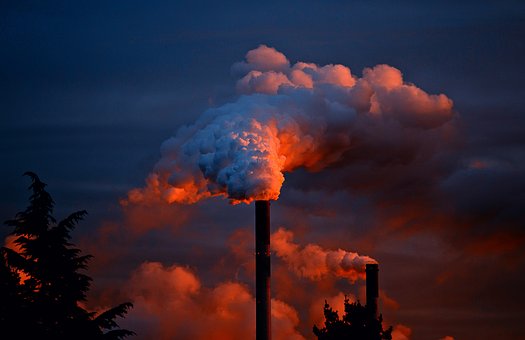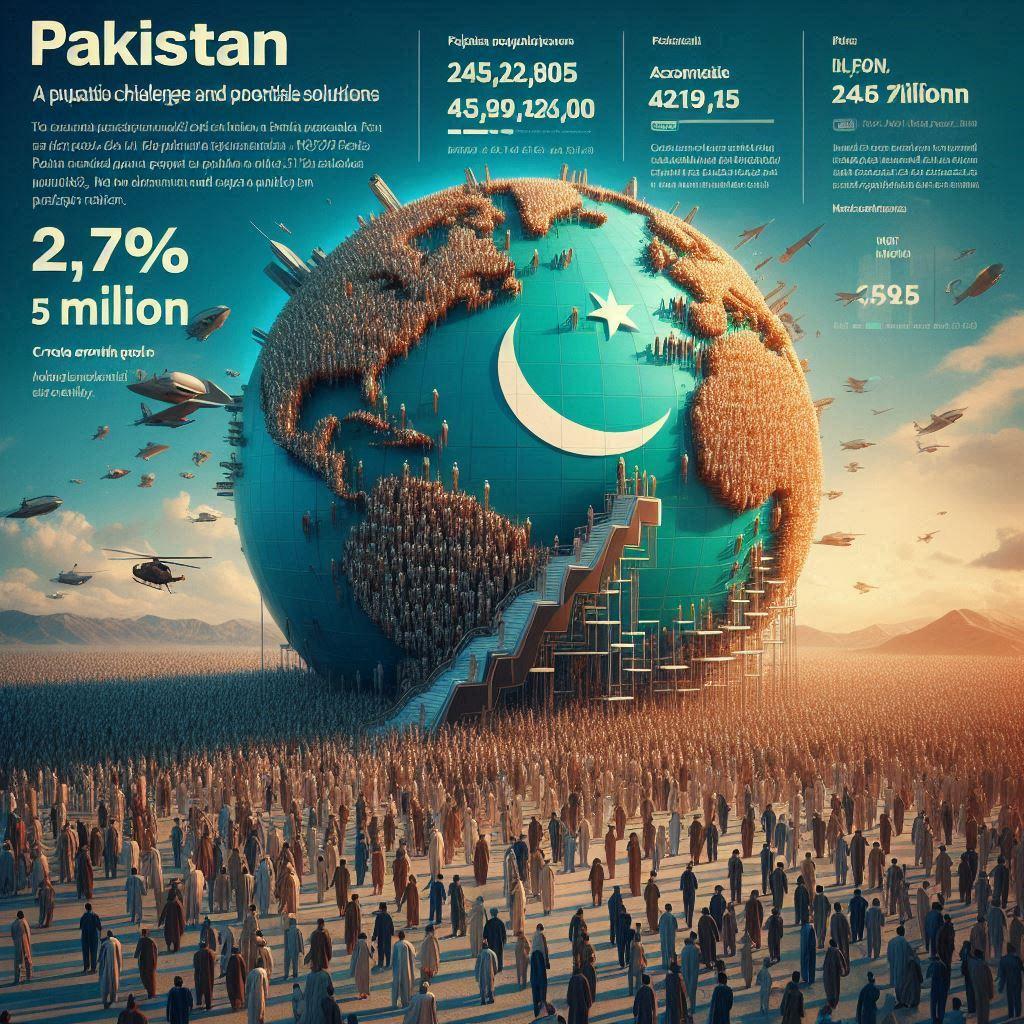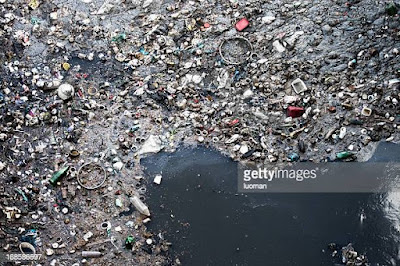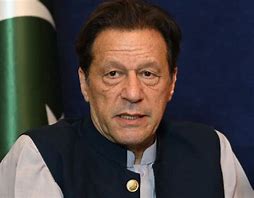Train today’s youth with the power to identify fake news in the digital era. Analyze the differences between fake news, misinformation, disinformation and propaganda. Explore why developing this skill is vital for informed decision-making and promoting a positive view of society as a whole. Read about governments around the world taking steps to fight fake news.
Introduction
In today’s digital age, the widespread use of social media has given rise to a surge in fake news, misinformation, disinformation, and propaganda. This article explores the distinctions between these terms and emphasizes the importance of helping young individuals identify fake news to ensure their informed decision-making. It is much necessary today to promote a positive perspective on social media.
The Dangerous Ripple Effects of Sharing Fake News
Misinformation, disinformation, and propaganda can cause catastrophic consequences, ranging from personal harm to international conflicts. The act of sharing fake news can initiate a chain reaction that affects individuals, communities, and even nations. Here is an in-depth look at the dangerous implications:
1. Endangering Lives and Health: Sharing fake health information can lead individuals to make uninformed decisions about their well-being. False medical advice or miracle cures can put lives at risk and compromise public health efforts.
2. Undermining Trust in Information: When misinformation spreads, trust in legitimate sources of information deteriorates. People become distrustful of news outlets, experts, and institutions, making it harder to reach out accurate information during crises.
3. Creating Social Division: Fake news can deepen existing divisions within societies. Disinformation that targets specific groups can amplify prejudices, fuel hatred, and enhance tensions, threatening social cohesion.
4. Impact on Policy Decisions: Misleading information can influence policy decisions based on inaccurate data or narratives. This can lead to ineffective policies that fail to address real challenges and worsen societal problems.
5. Igniting Conflicts Between Nations: Propaganda and disinformation can escalate international tensions and trigger conflicts between nations. False reports, exaggerated claims, or manipulated images can lead to diplomatic disputes or even military confrontations.
6. Extending the Flames of Hatred: Disinformation that targets religious, ethnic, or cultural groups can provoke violence and hatred. This has the potential to spark communal clashes and destabilize regions.
7. Damaging Economies: Fake news about economic indicators, financial institutions, or companies can lead to panic selling, market crashes, and economic instability, affecting livelihoods and national economies.
8. Undermining Democracy: Circulation of fake news during elections can manipulate public opinion, distort electoral outcomes, and erode the democratic process, shaking the foundation of representative governance.
9. Diminishing Credibility of Information: As fake news becomes more prevalent, the overall credibility of information sources diminishes. People may become apathetic, unable to distinguish fact from fiction, leading to a society less informed and engaged.
10. A World in Chaos: Collectively, the widespread sharing of fake news contributes to a world in chaos. Trust is deteriorated, divisions are deepened, and crises are infuriated ultimately jeopardizing the well-being of individuals and nations alike.
In this digital age, the responsibility to combat the spread of misinformation lies with each individual. By scrutinizing information, verifying sources, and choosing to share only credible content, we can reduce the dangerous consequences of fake news and contribute to a more informed, harmonious, and peaceful world.
Understanding Fake News, Misinformation, Disinformation, and Propaganda
Fake news, misinformation, disinformation, and propaganda are terms used to describe different forms of false or misleading information that can spread widely, especially through social media. Here is a comparison of the terms and their differences:
- Fake News: Fake news constitutes entirely fabricated stories presented as credible news. These stories often employ eye-catching headlines and frequently contain distorted or exaggerated details to grab attention. The underlying purpose of fake news is to generate clicks, likes, shares, and engagements on the appeal of sensationalism and shock value.
- Misinformation: Misinformation has the unintentional spread of inaccurate or false information. It can arise from misunderstandings, errors, or a lack of proper verification. Unlike disinformation, misinformation is not crafted with the intent to deceive. Mostly it stems from unplanned mistakes, and individuals sharing it are often unaware of its inaccuracies.
- Disinformation: Disinformation is a calculated dissemination of intentionally false or misleading information. It serves to manipulate people’s beliefs, perceptions, or actions. Disinformation often utilizes sensationalism, conspiracy theories, and misleading narratives to advance specific agendas. fueled by political, ideological, or commercial motivations.
- Propaganda: Propaganda is a strategic deployment of biased or misleading information to promote a particular political, social, or ideological standpoint. It aims to influence public opinion and behaviour, leveraging psychological techniques to shape perceptions and attitudes.
Importance of Identifying Fake News among Youth
Different researches highlight the importance of helping young people identify misinformation for several reasons:
- Empowering Decision-Making: Accurate information empowers individuals to make informed decisions about health, safety, and other critical matters. Distinguishing between fact and fiction is crucial for responsible decision-making.
- Threats to Democracy: Fake news can undermine trust in democratic institutions by spreading false narratives that sway public opinion and electoral outcomes.
- Health and Safety: Misinformation can lead to harmful behaviours, especially in the context of health crises like the pandemic. False information about COVID-19 could contribute to increased mortality.
- Social Media Exposure: The prevalence of social media exposes young people to a barrage of information, including fake news. Learning to identify reliable sources and distinguish false information is crucial to avoid falling for misinformation.
- Critical Thinking: Developing the ability to critically evaluate information helps young people become more discerning consumers of news and information. This is essential for a well-informed citizenry.
- Impact on Science: Misinformation can erode trust in science, leading to public scepticism and misunderstanding of scientific concepts. This can delay societal progress and advancements.
Insights from Research: Canadian Youth and Science Information
In the provided research paper, Canadian youth were surveyed to understand their perceptions about science, information sources, and the challenges they face in identifying misinformation. The research shows that while many young Canadians trust science and recognize its importance, a significant portion struggle to differentiate between true and false content on social media. A high percentage of youth follow influencers with antiscience views, which can further reinforce misinformation. Educating young people early on about critical thinking, evaluating information sources, and fostering a positive view of science is vital.
The study also suggests that efforts to combat misinformation should involve taking science communication beyond traditional platforms. Social media, like TikTok, can be utilized to present accurate scientific information in engaging ways. Education systems should prioritize teaching critical thinking skills and exposing students to diverse perspectives.
Ultimately, the responsibility to address misinformation lies with various sectors of society, including educators, researchers, and communicators. Collaborative efforts are needed to ensure the younger generation is equipped to navigate the complex landscape of information and make informed choices for a better future.
* Read more TikTokers: Educating about Ethical and Social Norms – Pakistan Desk Net
Actionable Approaches to Address Fake News
- Engaging Science Communicators: Collaborating with science communicators, such as Anna Blakney, who effectively use platforms like TikTok, can help bridge the gap between scientific information and youth by delivering relatable content.
- Embedding Critical Thinking in Education: Incorporating critical thinking education from elementary school onwards equips students with the skills to analyze information, assess sources, and identify misinformation.
- Promoting Credible Sources: Encouraging youth to seek information from reputable sources and teaching them how to verify information independently can reduce their exposure to fake news.
- Encouraging Dialogue: Educators should encourage open discussions that expose students to diverse viewpoints and help them develop a well-rounded perspective on issues.
Examples of Fake News:
Fake news can be dangerous in various fields beyond politics, science, and the economy. Here are some additional areas where misinformation can have harmful consequences:
1. Politics:
- False Election Results: Spreading misinformation about election results to manipulate public perception and undermine the legitimacy of the democratic process.
- Fabricated Political Statements: Creating fake quotes or statements attributed to political figures to fuel controversy and alter public opinion.
- Conspiracy Theories: Propagating baseless conspiracy theories, like false claims about election rigging or secret agendas, to create confusion and mistrust.
2. Science:
- Miracle Cures: Promoting unproven remedies or treatments as scientific breakthroughs without reliable evidence, preying on people’s health concerns.
- Climate Change Denial: Spreading misinformation to downplay the severity of climate change or discredit the scientific consensus, hindering efforts to address environmental issues.
- False Health Claims: Disseminating incorrect information about vaccines, causing unwarranted fears and potentially endangering public health.
3. Economy:
- Stock Market Manipulation: Spreading false information about a company’s financial status or prospects to artificially inflate or deflate stock prices for personal gain.
- Fake Economic Data: Disseminating fabricated economic indicators or statistics to influence market behaviour, investor sentiment, or policy decisions.
- Misleading Financial Reports: Publishing misleading financial reports or earnings forecasts to deceive investors and stakeholders about a company’s financial state.
4. Health and Medicine:
- Disease Outbreaks: False information about disease outbreaks or health risks can lead to panic, poor preventive measures, and delayed treatment.
- Bogus Medical Advice: Promoting unverified medical advice or treatments can endanger people’s health and well-being.
- Anti-Vaccine Misinformation: Spreading fake news about vaccines can deteriorate vaccination rates and contribute to the regeneration of preventable diseases.
5. Technology:
- Cybersecurity Threats: Spreading inaccurate information about cybersecurity risks can leave individuals and organizations vulnerable to cyberattacks and data breaches.
- Hoaxes and Scams: Fake news about technology products, services, or opportunities can lead to financial losses and privacy breaches.
6. Environment:
- Wildlife Conservation: Misinformation about endangered species or conservation efforts can interfere with genuine conservation initiatives and harm fragile ecosystems.
- Natural Disasters: False reports about forthcoming natural disasters can cause unnecessary panic and evacuation, straining resources.
7. Social Issues:
- Social Justice Movements: Spreading fake news about social justice issues can undermine movements for equality and justice, leading to division and misunderstanding.
- Discrimination and Stereotypes: Disseminating false narratives about certain groups can perpetuate stereotypes and discrimination.
8. Education:
- Historical Revisionism: Promoting false historical narratives can distort collective understanding of the past and fuel cultural conflicts.
- Educational Misinformation: Spreading incorrect information about educational opportunities or institutions can misguide students’ career choices.
9. Security and Terrorism:
- False Threats: Sharing fake news about security threats or terrorist activities can cause unnecessary panic and lead to overreactions by law enforcement.
10. Human Rights and Social Welfare:
- Refugee and Immigration Issues: Spreading misinformation about refugees and immigrants can contribute to xenophobia and distort efforts to provide assistance and support.
11. Entertainment and Celebrity News:
- Celebrity Hoaxes: Fabricated stories about celebrities can mislead fans and generate unnecessary controversies.
The bulk of fake news in these various fields underscores the importance of media literacy, critical thinking, and responsible information sharing. Being vigilant and discerning about the information we consume and share is essential to prevent the negative consequences of misinformation.
Government Actions Against Fake News and Misinformation
Governments worldwide are taking steps to counter the harmful impact of fake news, misinformation, disinformation, and propaganda. Here are some examples of initiatives and laws:
- Educational Campaigns: Many governments are launching public awareness campaigns to educate citizens about identifying fake news and reliable sources of information. These campaigns aim to enhance media literacy skills.
- Fact-Checking Organizations: Governments support or collaborate with fact-checking organizations that assess the accuracy of news stories and provide verified information to the public.
- Social Media Regulations: Some countries are introducing laws to hold social media platforms accountable for monitoring and removing fake news and harmful content. These regulations encourage responsible online behaviour.
- Transparency in Digital Advertising: Laws are being introduced to require transparency in political and issue-based advertisements online, ensuring that people know who is behind the content they see.
- Media Literacy in Schools: Governments are integrating media literacy education into school curricula to equip young people with critical thinking skills needed to evaluate information.
- Legal Penalties: Certain countries have enacted laws that impose fines or legal consequences on individuals or entities spreading fake news that harms public safety or national security.
- Collaboration with Tech Companies: Governments collaborate with technology companies to develop tools and algorithms that can detect and reduce the spread of misinformation on digital platforms.
- Fact-Based Public Communications: Governments are focusing on providing accurate and timely information to the public through official channels during emergencies or crises.
- International Cooperation: Some nations work together to address cross-border disinformation campaigns, sharing best practices and coordinating efforts to combat fake news.
- Media Ethics Standards: Governments encourage media outlets to adhere to ethical reporting standards, promoting responsible journalism and minimizing the spread of false information.
By implementing these measures, governments aim to curb the negative impact of fake news, misinformation, disinformation, and propaganda, creating a safer and more informed digital environment for their citizens.
Conclusion
As the digital landscape continues to evolve, the ability to identify fake news is an essential skill for young people. By distinguishing between misinformation and accurate information, youth can contribute to a healthier democratic society, engage positively with science, and make informed decisions that shape their future. It is obligatory upon educators, communicators, and society at large to nurture critical thinking skills and empower the next generation to navigate the information effectively.
Governments around the world are taking steps to fight fake news and false information. They teach people how to spot fake news and work with social media to remove harmful content. Some countries have laws to punish those who spread lies. Schools teach kids how to check facts, and officials give accurate information during emergencies. By working together and using technology, they want to make sure everyone gets the correct information.
FAQs
Q: What is fake news? A: Fake news refers to false or misleading information presented as legitimate news. It includes fabricated stories, exaggerated claims, and manipulated content designed to deceive readers.
Q: How is misinformation different from disinformation? A: Misinformation involves spreading inaccurate information without malicious intent, often due to misunderstandings. Disinformation, on the other hand, involves intentionally spreading false information to deceive or manipulate others.
Q: What is propaganda? A: Propaganda is the systematic spread of biased or misleading information to promote a specific agenda, ideology, or viewpoint. It often employs emotional appeals and selective presentation of facts.
Q: Why is it crucial to identify fake news? A: Identifying fake news is vital to make informed decisions, preserving democratic processes, and promoting trust in reliable information sources.
Q: How does fake news affect science and health? A: Fake news can spread misinformation about scientific discoveries, health treatments, and vaccines. This can lead to confusion, and distrust, and even endanger public health.
Q: What impact does fake news have on the economy? A: Fake news can manipulate stock prices, disrupt markets, and mislead investors. False economic data or financial reports can lead to poor investment decisions.
Q: How can fake news affect social issues? A: Fake news can perpetuate stereotypes, undermine social justice efforts, and contribute to division in society.
Q: What can individuals do to combat fake news? A: Individuals should verify information from multiple reliable sources, develop critical thinking skills, and be cautious about sharing unverified information on social media.
Q: Why is teaching media literacy important for youth? A: Teaching media literacy helps youth recognize credible sources, differentiate between fact and fiction, and make informed choices in the digital age.
Q: How can educators address fake news in schools? A: Educators can incorporate critical thinking lessons, encourage discussions about reliable sources, and provide tools to assess information credibility.










